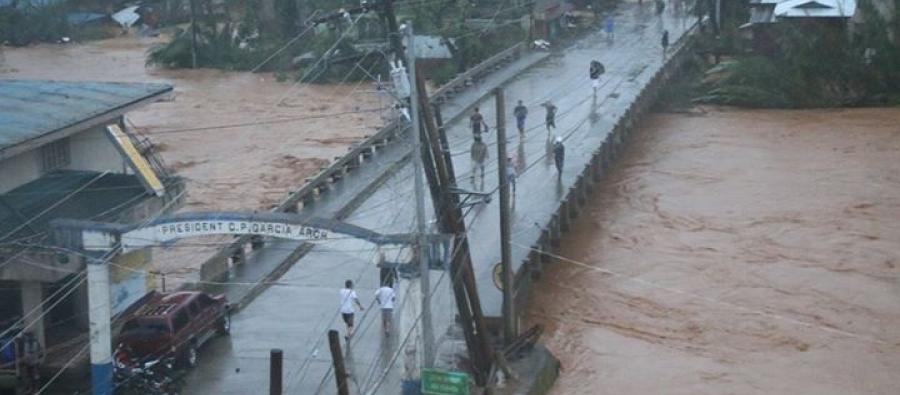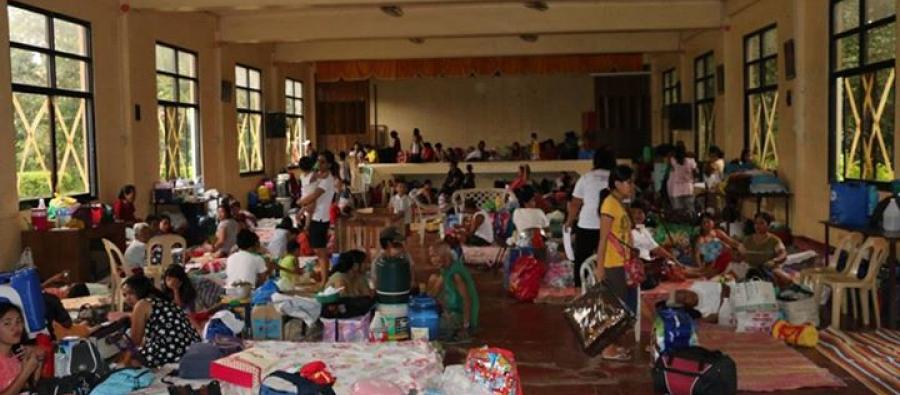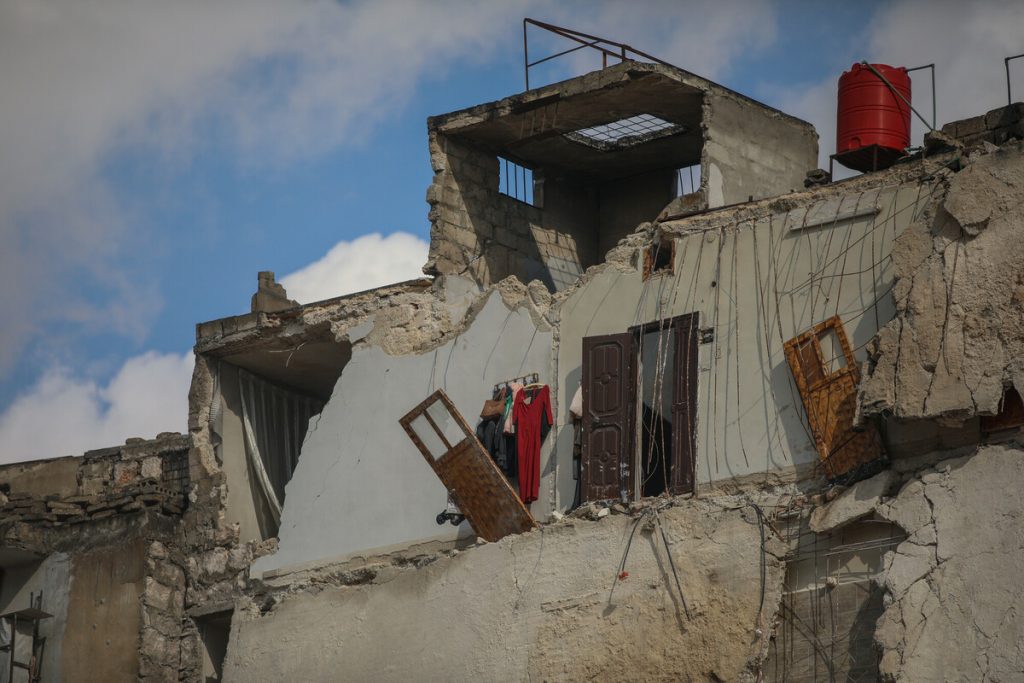Typhoon Hagupit – Notes from the field
Notes from the field:
An Oxfam worker in Tacloban shares his account on Typhoon Hagupit
“When we were first warned about another strong typhoon heading our way, we were terrified,” said Neil Pancipanci, an Oxfam livelihoods officer based in Tacloban City. “The fisherfolk community we are working with are just starting to get back on their feet after Haiyan, and now here is another threat of a super typhoon.”
Neil was part of the Oxfam team that led the restoration of livelihoods for affected fishers in Leyte, in the Eastern Visayas region of the central Philippines.
“It scared us that, unlike Haiyan that came during daytime, Hagupit would be coming in the evening,” Neil said. “When Hagupit came, the electricity was shut down, it was dark, and we couldn’t see anything as the typhoon lashed its way through our small city.”
The worst part of the experience was having to wait for 12 agitating hours before Hagupit finally left Tacloban.
“Unlike Haiyan, which was able to create so much destruction in just four hours, Hagupit seemed to be overstaying. We could only wonder and fear the worst as we waited inside designated emergency shelters,” said Neil.
To his relief, the strength of Hagupit waned, the destruction was not as massive, and people were well prepared – conscious of the costs of complacency after surviving last year’s typhoon that killed 6,300 people.
“We felt like we got lucky this time and that was a good thing, because, while people were prepared, bringing themselves to safety, we are not yet ready for another super typhoon because that would mean having to stay longer in evacuation centers,” he said.
After Hagupit left, Neil travelled around the city to check on fishers who left their homes in coastal areas to stay in designated emergency shelters: the city’s sports stadium, schools, and other facilities. While they had served their immediate purpose of shelter from the storm, he found many evacuation centres lacked basic necessities, like toilet facilities, and access to safe drinking water.
“Evacuation centers were overcrowded. If this were a bigger typhoon, people who survived would have to deal with potential diseases that they can get from evacuation centers that lack proper facilities. The people in Tacloban felt like they were spared,” he said.
Neil prayed that the people from nearby provinces in Eastern Samar would be spared as well. He was still awaiting news from colleagues who had travelled to Borongan.
“We heard that some people died in Samar and that the impact of Hagupit in their province is much worse,” he said.
“Some of the residents in Tacloban and in the nearby town of Tanauan said they are ready to send aid in case help is needed. We are still praying, though, that things won’t be as bad.”
Oxfam Photos of Damage and Evacuees in Tacloban
December 8, 2014




